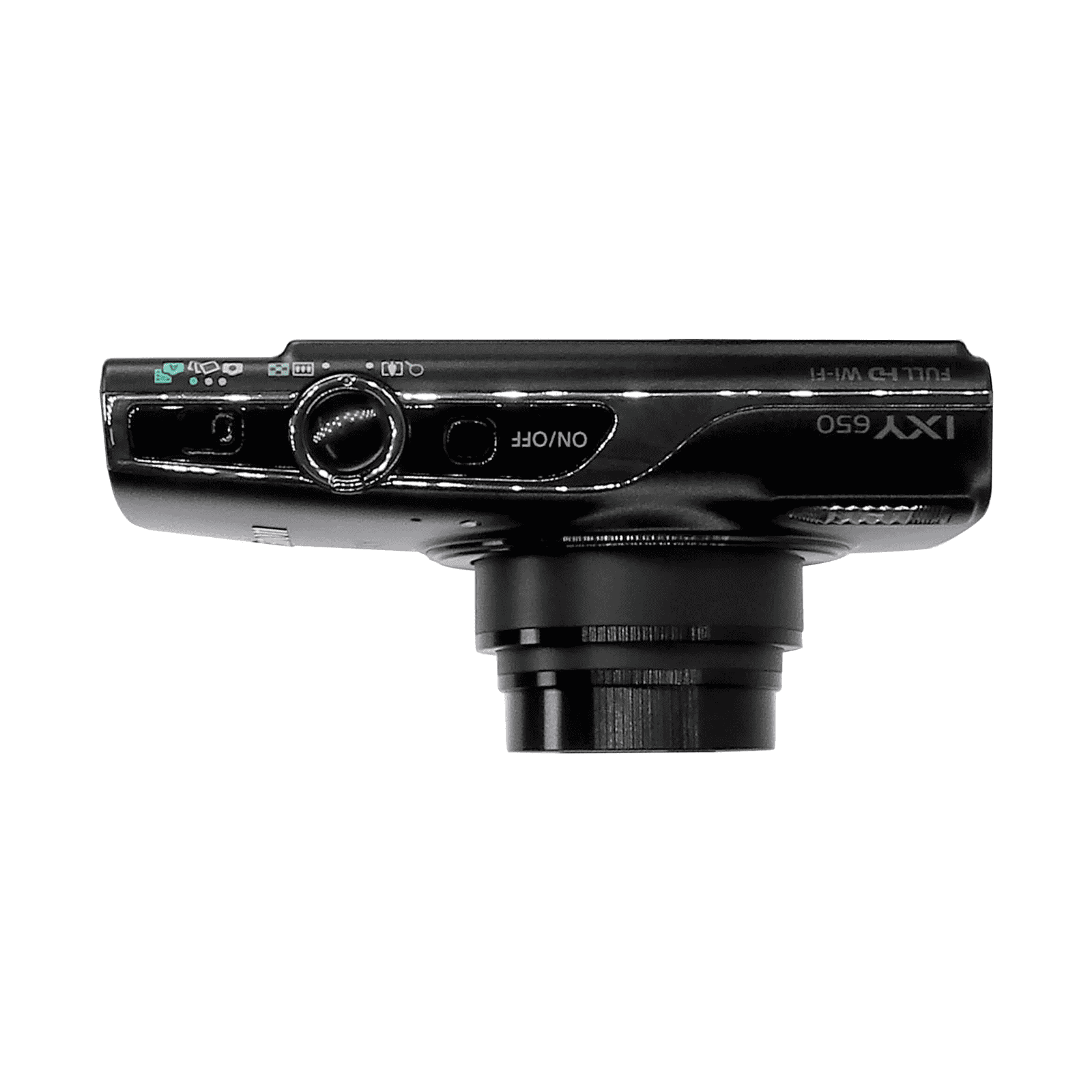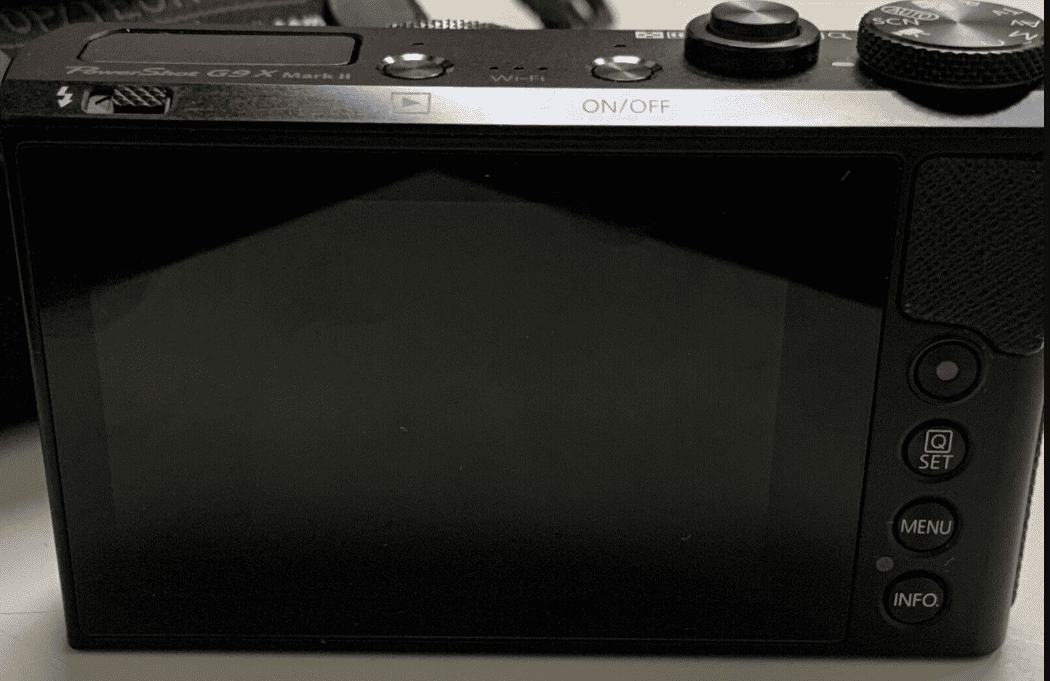Having trouble with a digital camera that won’t turn on can be frustrating. However, the solution is often simpler than you might expect. First, check the battery. A dead or incorrectly inserted battery is a common cause of power issues. Ensure the battery is fully charged and correctly inserted into the camera. If the problem persists, dirty battery terminals could be obstructing the flow of power. If basic steps don’t work, further investigation is necessary. Look for any signs of damage on the camera that could affect its function. Physical inspection can reveal issues like loose connections that may require a more technical approach.
Some cameras have a reset function that can restore factory settings and fix software-related problems. This can often be a quick fix before considering more advanced solutions or professional repair. Seeking guidance from the camera manufacturer can provide model-specific advice and help determine if the camera needs to be sent for service. Cameras are complex devices, and while they are designed to be reliable, they can encounter problems. When a camera won’t power on, it’s important to systematically assess the situation without jumping to conclusions. Before disassembling or attempting complex repairs, going through these straightforward checks can save time and avoid the need for costly professional services.

Troubleshooting Your Non-Working Digital Camera
A digital camera that won’t power on is frustrating. But don’t worry – often, there are simple solutions you can try yourself before resorting to professional repair. Let’s tackle some common causes and fixes.
Check the Battery
One of the most frequent reasons a camera won’t turn on is a dead or faulty battery. Here’s what to do:
- Charge the battery fully: Sometimes the battery may just be extremely low.
- Check battery health: See if the battery shows any swelling or damage. Replace it if necessary.
- Clean the contacts: Clean the battery terminals on both the battery and the camera with a soft, dry cloth.
- Try a spare battery: If available, use a different, fully charged battery to test if the problem lies with the original.
Inspect the Power Button
A stuck, dirty, or damaged power button can keep your camera from switching on.
- Examine closely: Check if the button is stuck in a depressed position.
- Clean it: Gently clean around the button with a soft brush or a bit of compressed air.
- Press firmly: Make sure you’re pressing the button fully.
Memory Card Problems
In some cases, a corrupted or faulty memory card can prevent the camera from starting. Here’s how to troubleshoot the issue:
- Remove the memory card: Take the card out, then attempt to turn the camera on.
- Try a different card: If you have one, test a different memory card.
- Format the card: If the camera works without the card, try formatting it in the camera (note: this will erase all data).
Reset the Camera
A simple reset can sometimes solve minor software glitches:
- Find the reset button: Many cameras have a dedicated reset button (very small). Check your manual for its location.
- Perform the reset: Usually, you press and hold the button down for a few seconds.
Other things to try
- Consult your manual: Look for any specific troubleshooting sections in your camera’s manual.
- Check for water damage: If your camera got wet, this is likely the culprit. Professional repair might be needed.
If None of These Solutions Work
Unfortunately, if the above steps don’t solve the issue, there might be a more serious hardware problem. It’s best to contact the camera manufacturer’s support or take it to a professional repair service.
Key Takeaways
- Ensuring the battery is charged and clean is a primary step.
- Physical and settings inspection can quickly identify common issues.
- Manufacturer guidance is valuable for model-specific problems.
Assessing the Problem
When a digital camera won’t turn on, the cause could be as simple as a discharged battery or as complex as internal hardware damage. The assessment starts with the most common issues before proceeding to more detailed checks.
Checking the Battery
First steps involve the camera battery:
- Drain and charge: Connect a power adapter to charge the battery if it isn’t full. Wait for a few hours and try turning the camera on again.
- Clean contacts: Inspect battery terminals for dirt or corrosion. Gently clean them with a soft cloth.
- Replace if needed: If the battery is swollen or damaged, it may need replacing. Use a spare battery to see if the issue persists.
Memory Card Issues
Problems with the memory card can affect camera operation:
- Remove and reinsert: Power off the camera, take out the memory card, then put it back in firmly.
- Check for corruption: If the camera turns on without the card, the memory card may be problematic and need replacement or formatting.

Physical and Hardware Troubleshooting
Evaluate the camera’s physical components:
- Power button: Make sure it is not stuck or malfunctioning. If it is, gently use compressed air to clear any debris.
- Lens and hardware: Check for any signs of physical damage to the lens or camera body. If the zoom lens or flash elements are stuck, avoid forcing them and seek support from the manufacturer.
Remember, these steps are for initial troubleshooting. If issues persist after these checks, contacting the manufacturer for professional advice or service is often the next best action.
Advanced Solutions
When standard troubleshooting fails, advanced solutions might save a digital camera that won’t power up. These steps often require deeper technical skills or a professional’s touch.
Firmware and Software Problems
Firmware is the software that runs a camera. It’s crucial for the camera to work right. If a camera has issues starting, a firmware update could be the answer. But if the latest updates fail, going back to an older version may fix it. Users can find updates on the manufacturer’s website. It’s important to follow the installation guide carefully.
Here’s how to do a basic firmware update:
- Visit the camera manufacturer’s website.
- Look for the downloads or support section.
- Find the firmware update for your camera model.
- Download the update and read the instructions carefully.
- Connect the camera to your computer and apply the update.
Professional Repair and Support
Sometimes, expert help is best. If the camera still doesn’t work, it might have a deeper mechanical problem. Look for help from the camera’s support team or send it in for professional repair. Your warranty might cover the cost if the camera is still within the warranty period. Regular maintenance from a service center can prevent many problems. They can handle everything from basic care to fixing parts that have stopped working. Remember that professional repair ensures that the work is done right, keeping the camera’s quality high.
Here are the steps for professional repair:
- Check if the camera is still under warranty.
- Contact the camera’s support team for advice.
- Find a certified camera repair center.
- Discuss the problem and send the camera in for repair.
Frequently Asked Questions
When confronted with a digital camera that won’t turn on, resolving the issue starts with simple troubleshooting steps. Below you will find solutions to common problems related to digital cameras failing to power on.
What steps should I take when my digital camera won’t power on?
First, ensure the battery is charged and inserted properly. If the battery is old or damaged, consider replacing it. Also, check the power button for any debris or damage that might prevent it from functioning.
How can I troubleshoot a digital camera lens that is stuck?
For a stuck lens, gently tap the camera base against your hand while powering on the camera. This may help realign the lens. Avoid forcing the lens as this can cause more damage.
What could be the reason my digital camera is not charging?
If the camera refuses to charge, examine the charger and charging cable for signs of wear or damage. Test with a different compatible charger if possible. Also, check the camera’s charging port for any obstructions or dirt.
What should I do if the buttons on my digital camera are unresponsive?
Unresponsive buttons could be due to dirt or stickiness. Clean around the buttons using a soft, dry cloth. If the buttons are still stuck, a repair might be needed.
How do I address a non-responsive Canon camera?
For Canon cameras specifically, removing the battery and memory card for a few minutes can reset the system. Reinsert them and try to turn the camera on again.
What solutions are available for an old digital camera that fails to turn on?
Old digital cameras may suffer from battery corrosion or outdated firmware. Clean the battery contacts and check the manufacturer’s website for firmware updates. If these steps do not work, the camera may require professional repair.







